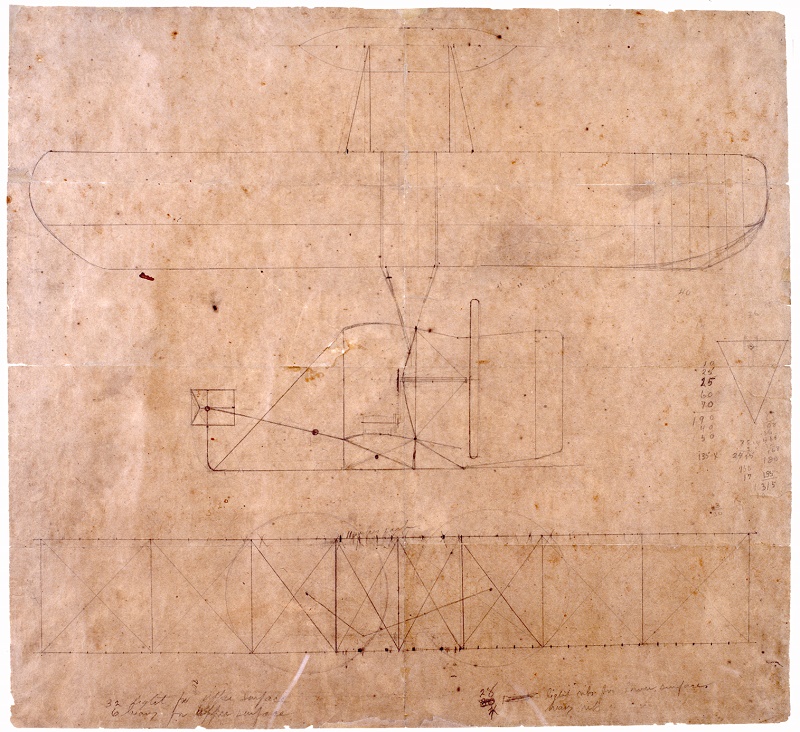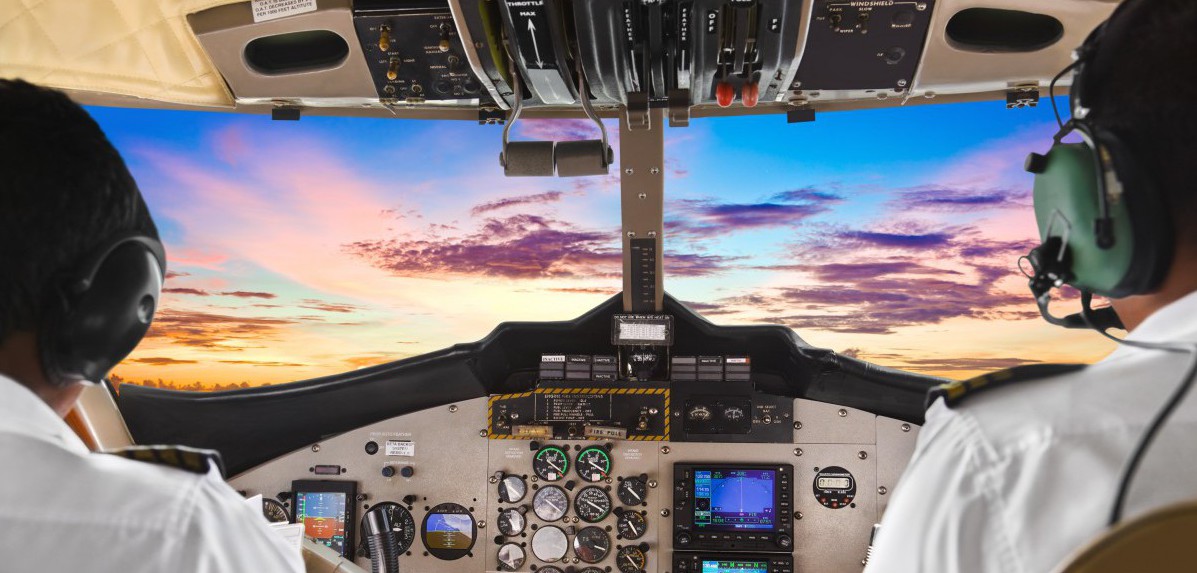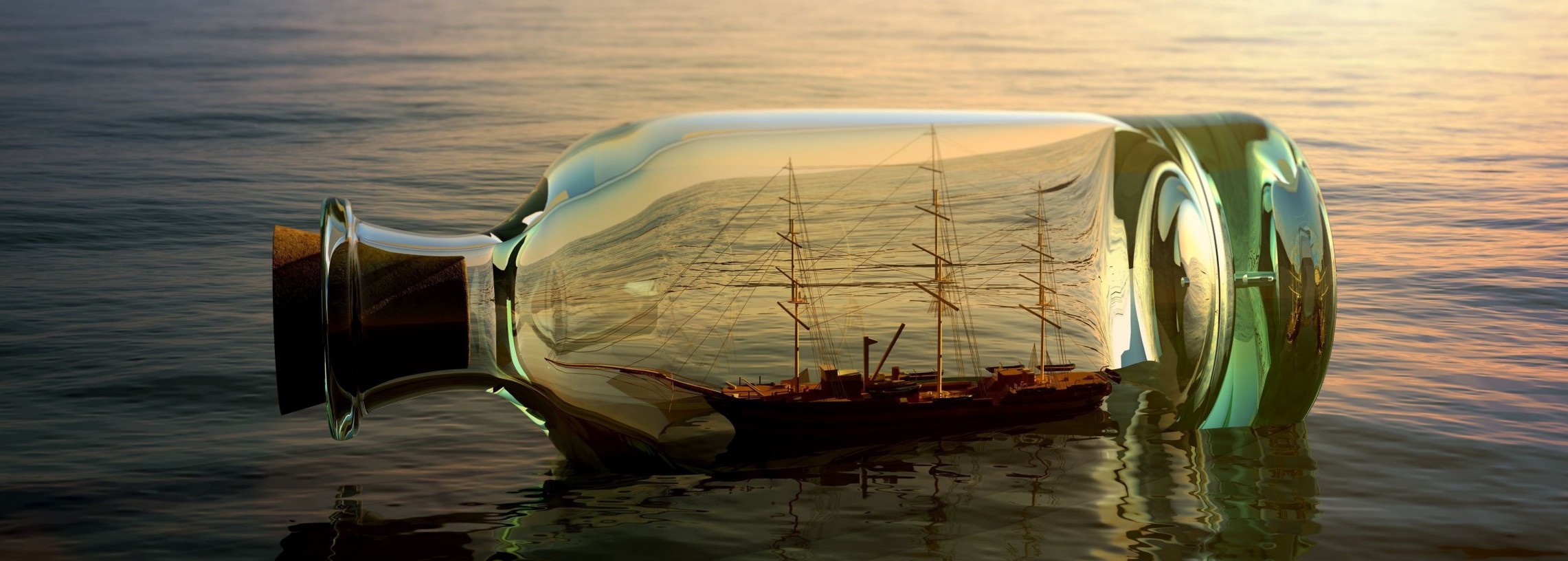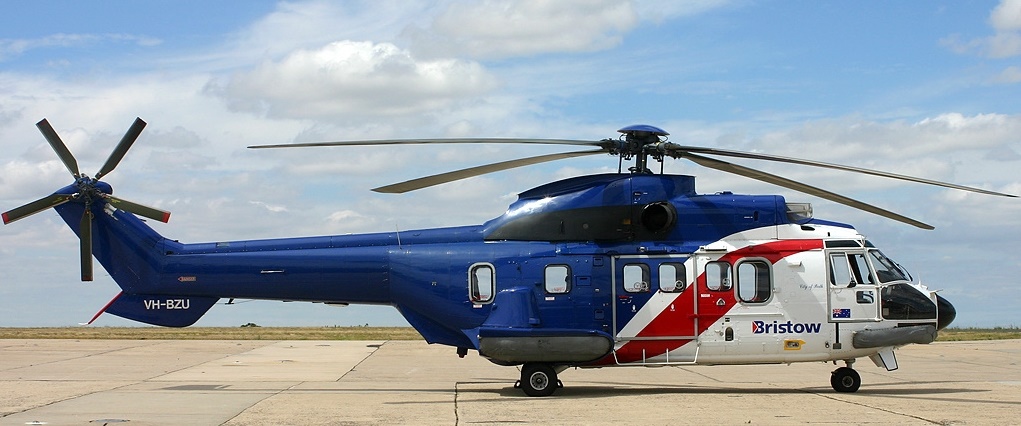When Was the First Airplane Invented?
So just when was the first airplane invented? On December 17, 1903, Wilbur and Orville Wright made four brief flights at Kitty Hawk with their very first powered aircraft. Marking a truly groundbreaking and incredible human creation, the Wright brothers had invented the first successful airplane, The Flyer. To design their first powered airplane, the Wrights relied on their wind tunnel data and the lift and drag equations. This lead them to increase the wing area to more than 500 square feet allowing the wings to lift the plane and carry the weight of its engine, propellers and structural reinforcement. They allowed 200 pounds for the aircraft’s propulsion system, estimating the aircraft with pilot would weigh 625 pounds. Based on these estimates, they calculated the plane’s power, thrust and speed requirements, concluding they needed an 8-horsepower engine capable of powering 90 pounds of thrust to achieve an airspeed of 23 miles per hour.
- Wingspan: 12.3 m (40 ft 4 in)

- Wing Area: 47.4 sq m (510 sq ft)

- Length: 6.4 m (21 ft 1 in)
 Height:2.8 m (9 ft 4 in)
Height:2.8 m (9 ft 4 in)
- Weight: 341 kg (750 lb), with pilot

- Engine: Horizontal 4-cylinder, water-cooled, 12 horsepower
The feature photo above shows the Wright brothers’ preliminary sketch of the 1903 Wright Flyer drawn in pencil on brown wrapping paper. The notations are in Wilbur’s handwriting. The original is at the Franklin Institute in Philadelphia.
Sources: Smithsonian National Air & Space Museum. Feature Photo by The Franklin Institute














